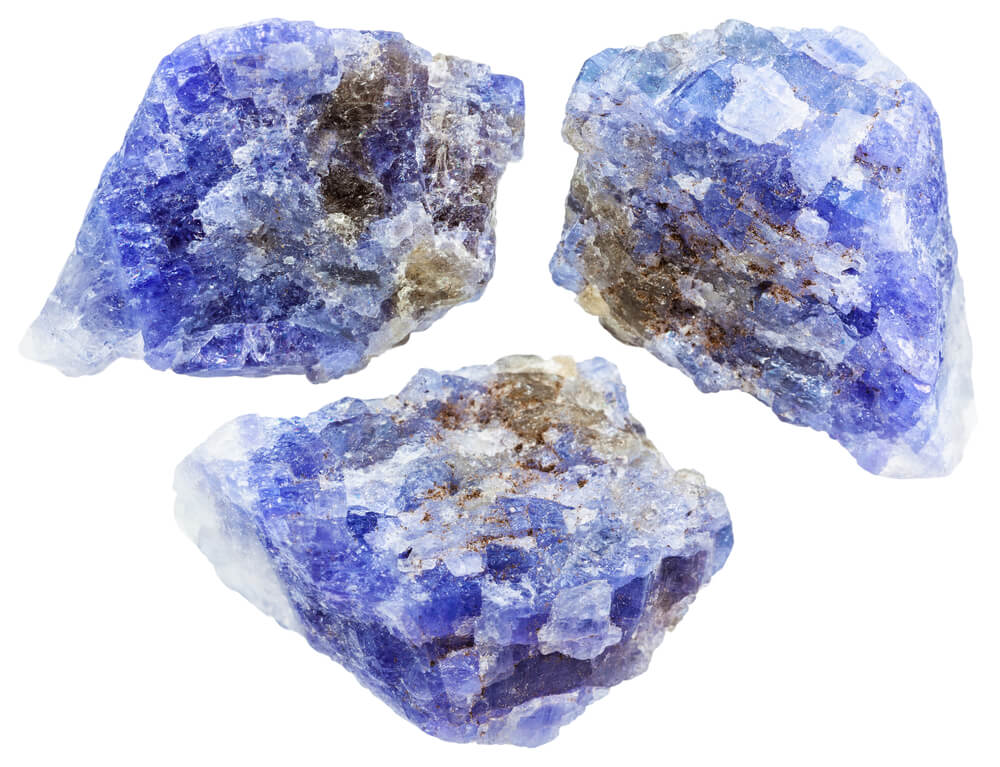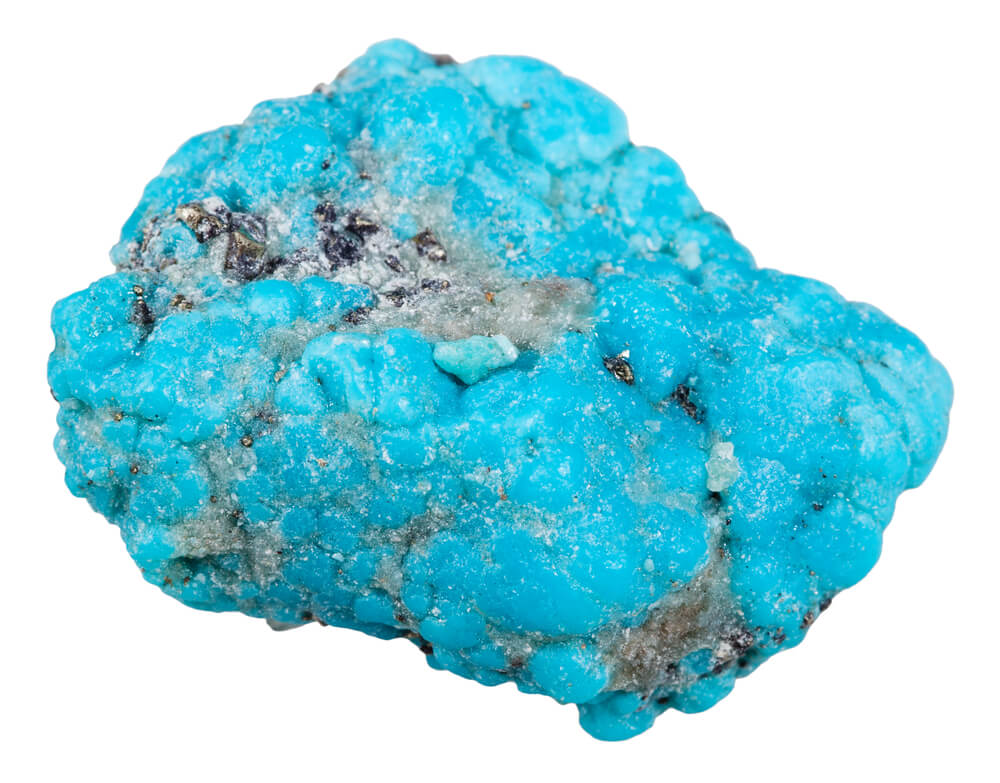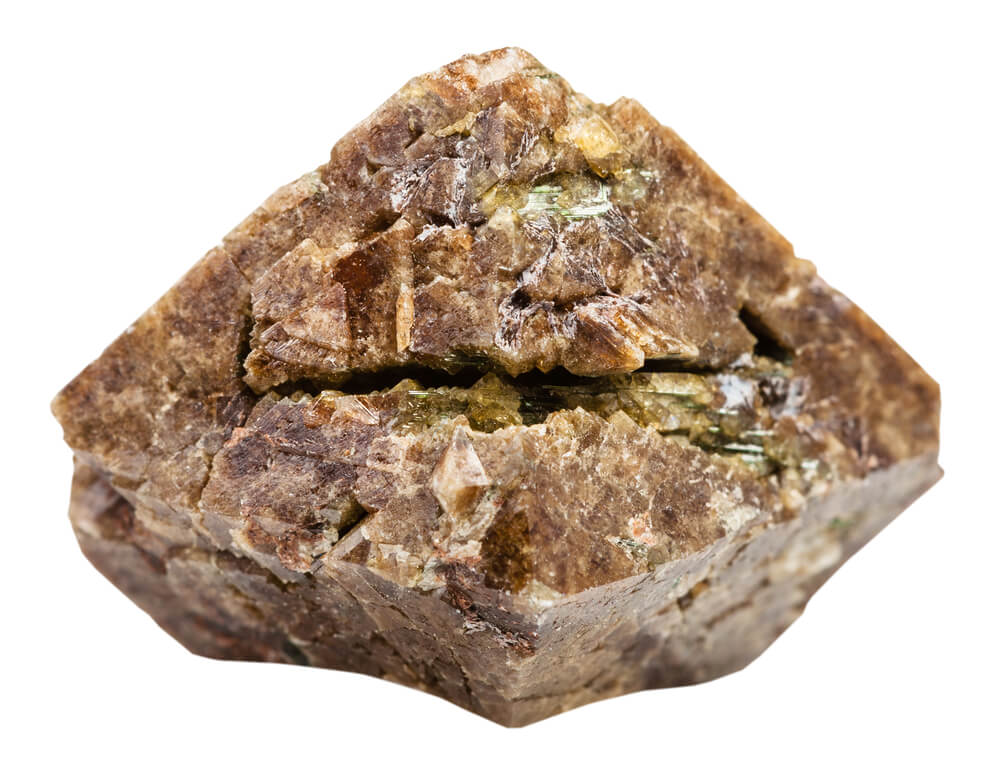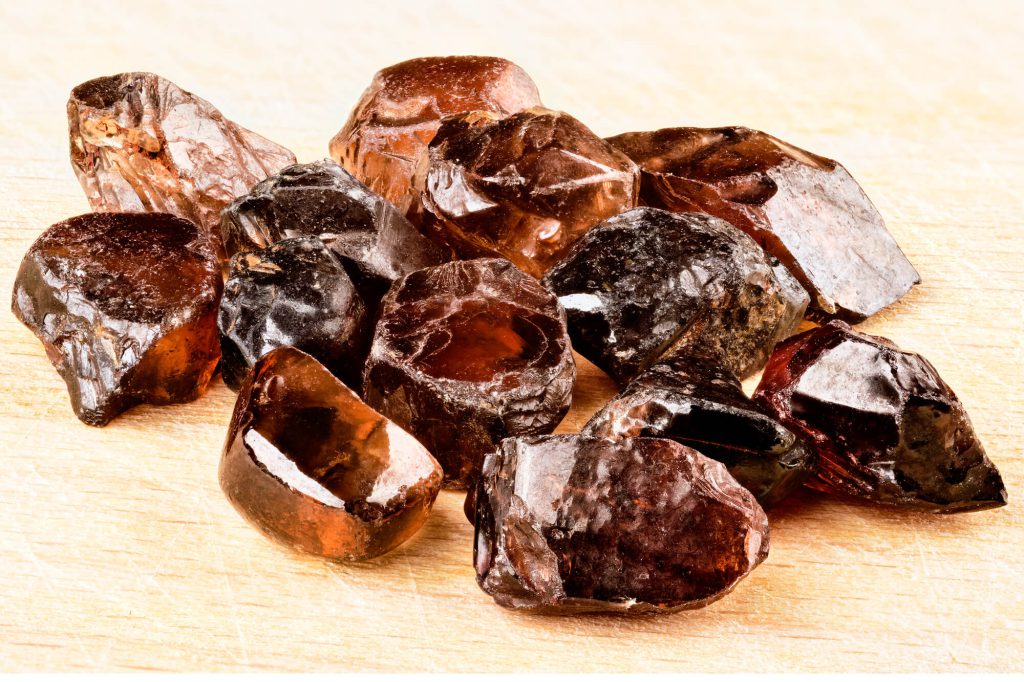December, the twelfth month of the year, has three birthstones: tanzanite, zircon, and turquoise. Each of these stones is known for their blue color, which is so vivid that it could pass off as an embodiment of the cold ceramic hues of December – fitting in well with its reputation as one of the coldest months too. Additionally, their variety gives those born in this month a chance to have what suits them most depending on personal preferences.
| ASPECT | DETAILS |
|---|---|
| Birthstone Month | December |
| Birthstones |
|
| Symbolism |
|
The Origins And History Of Tanzanite, Zircon, And Turquoise

Tanzanite: Regarded as one of the most recent gemstones discovered since 1967 when it was found only at the foot hills around Mount Kilimanjaro which resulted in naming Tanzania.
Zircon: This is a gemstone that has a very broad history dating back to 4.4 billion years ago. The name zircon originated from the Arabic word ‘zarqun’ meaning vermilion.
Turquoise: It is one of the oldest known gems on earth as it was used by ancient Egyptians, Aztecs, Persians, Mesopotamians and Indus Valley civilization rulers among others which led to its being called Turkish stone after entering Europe through Turkey.
The Mythology And Symbolism Of Tanzanite, Zircon And Turquoise

Tanzanite: It often represents coolness or calming down; some believe that it can change negative thinking into positive energy.
Zircon: In Hindu mythology zircon is associated with Uranus and believed to bring honor along with wealth besides name & fame even in the political arena too.
Turquoise: In most cultures this blue-green stone stands for money, luck, prosperity, change of fate, and protection against all evils.
Interesting Facts About Tanzanite, Zircon, And Turquoise Revealed
Tanzanite: Also known as “Blue-violet” or simply “purple”, it could range between bluish purple shades depending on the angle of light falling on it at any given time. The most valuable tanzanites have a deep blue hue with just a touch of purple.
Zircon: It comes in different colors, but among the most desired tones for December is a bright sparkling blue.
Turquoise: It varies in color from powdery blue to blueish-green. Its pleasing hue appeals to people and it’s often cut into cabochons or beads.
Physical Properties of Tanzanite, Zircon, and Turquoise

Tanzanite: Has a 6 to 7 hardness on the Mohs scale, so it is less durable than most other gemstones. Therefore, tanzanite should be worn occasionally rather than every day.
Zircon: Rated at 7.5 on the Mohs scale, zircon can generally be used for all kinds of jewelry and will withstand being worn in rings as long as care is taken not to chip its facets.
Turquoise: Only has a relative softness with a hardness of 5 to 6 and is frequently treated to enhance its durability for use in jewelry.
Jewelry Design Featuring Tanzanite, Zircon & Turquoise
Tanzanite: Its exceptional clarity combined with its high degree of intensity makes it one of the most beloved gemstones used in various jewelry designs whether it’s earrings or statement necklaces.
Zircon: The round or oval cut often reveals the brilliant fire that zircon possesses. Blue zircon in particular is known for its high refractive index and strong range of dispersion making it ideal for gem jewel design.
Turquoise: Comes in stunning color with texture, which makes it a favorite stone among designers and is extensively used as Southwestern and Native American jewelry.
How to Clean and Take Care of Tanzanite, Zircon and Turquoise Jewelry
Each of these three stones should be cared for properly to prevent scratching or cracking. Gently wash them using warm soapy water; never use an ultrasonic cleaner or steam cleaner.
Final Thoughts: Tanzanite, Zircon, and Turquoise in Conclusion
The trio of December birthstones provides a unique selection of beautiful blue gems to fit any taste. From the vibrant blues seen in tanzanite and zircon to the captivating hue and texture found in turquoise, these birthstones are sure to captivate their wearer making them a great choice for December birthdays or other special occasions throughout this festive month.

